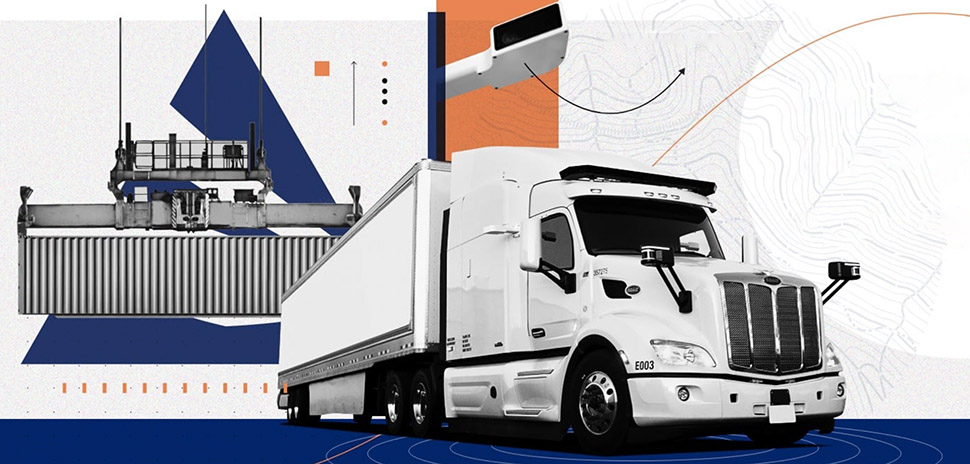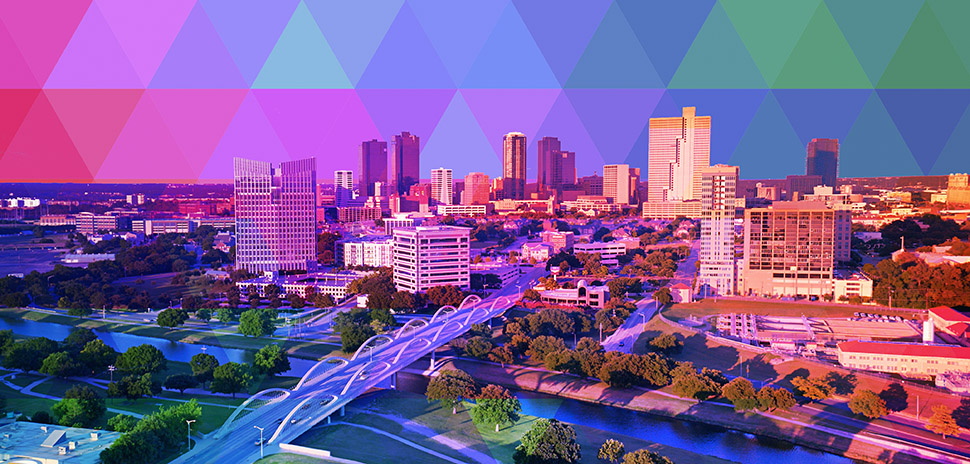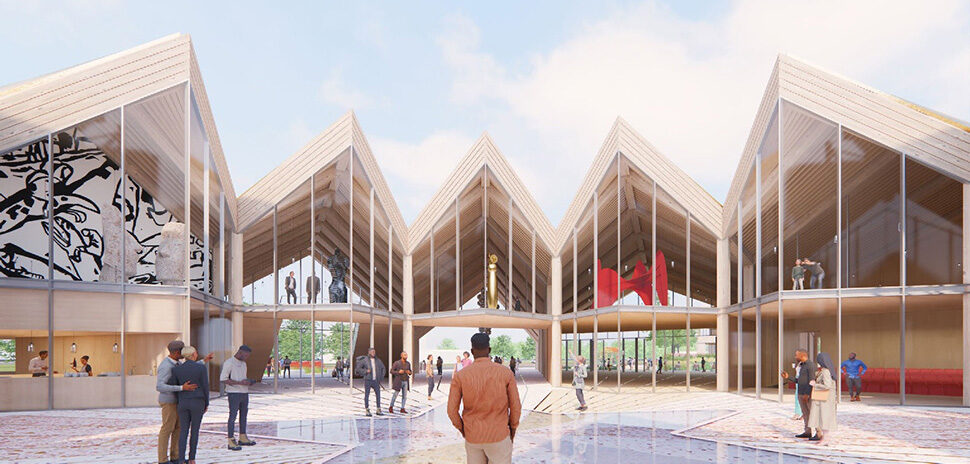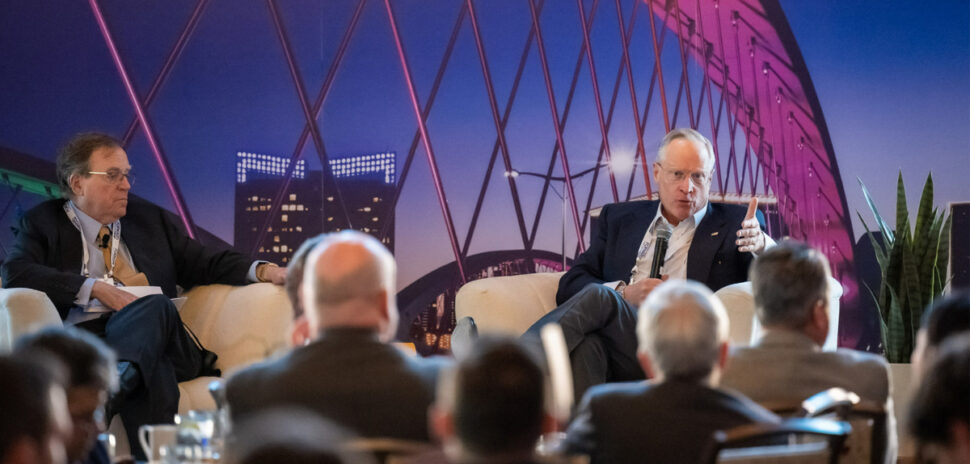The Fort Worth City Council has taken another critical step in its efforts to drive research, new product development, commercialization, and supporting activities in the Tarrant County seat.
The council recently approved a new policy that defines and guides the formal designation of innovation districts in the city.
Along with formalizing the policy, the Fort Worth Medical Innovation District and the Fort Worth Mobility Innovation Zone—two areas of Fort Worth already well-known as clusters of innovation in the city’s target industries—were formally designated as innovation zones.
Updated in 2022, the 2017 Economic Development Strategic Plan recommended the use of innovation districts to cluster organizations from similar industries together within a defined area. The city said that grouping creates an environment that encourages interaction, fosters new business relationships, and allows for intellectual cross-pollination between businesses and entrepreneurs.
Fort Worth’s definition of innovation districts

“The MIZ” at AllianceTexas has been formally designated an innovation zone. [Image: AllianceTexas Mobility Innovation Zone]
The city said that innovation districts are specific geographic areas where clusters of companies and anchor institutions can connect with startups, business incubators and accelerators, and producers of marketable intellectual property.
According to the city, three characteristics define these areas:
- Organizations within the district tend to focus on a specific industry or set of interrelated industries.
- The district itself is focused on interconnectivity by being or becoming walkable and transit-accessible, and offering supporting mixed-use housing, office, and retail to create a true “live, work, and play” environment.
- The district is defined by clear and specific boundaries that include key anchor institutions—like a university or research hospital—and related businesses that distinguish the area from its surrounding neighborhood.
Fort Worth’s innovation districts must be fully located within the city limits or its extra-territorial jurisdiction.
The city said that the terms of its innovation districts are indefinite, but each district will be evaluated after five years to reassess its boundaries and recommend any changes and assess the district’s continued benefit to the city.
The city said that the new innovation district policy defines Fort Worth’s innovation districts more clearly by formally establishing their geographic boundaries and characteristics, clarifying the roles of public, private, and institutional stakeholders, and establishing a process to create similar districts in other parts of the city.
The policy also outlines the process for creating “nodes of innovation”, which typically encompass existing organizations or anchor institutions that are significant contributors to the growth, development, and activity of the district’s industry, but which may be geographically located outside of the district’s boundaries.
Nodes of innovation can be part of more than one sector-focused innovation district, the city said.
The ‘MID’ features several leading hubs of medical innovation
The Fort Worth Medical Innovation District in the city’s Near Southside has its main boundaries align with Tax Increment Finance District (TIF) 4, with Interstate 30 and Vickery Boulevard to the north; Allen Street and West Arlington Avenue to the south; east across I-35W to Kentucky and Evans avenues, and west to the Fort Worth & Western Railroad.
It was the first of the innovation districts proposed several years ago.
“The purpose of the MID is to allow the leading-edge anchor institutions and companies to cluster and connect with startups, business incubators, and accelerators,” Robert Sturns, economic development director for the City of Fort Worth, told Dallas Innovates in 2019. “It’s hard to tell the projected impact, but Near Southside is already home to over 30,000 workers in the medical field.”
The district includes TCU’s new Anne Marion Burnett School of Medicine, UT Southwestern’s academic medical center, biotech incubator TechFW, as well as the city’s major hospitals and dozens of independent clinics.
The Fort Worth Medical Innovation District will include several nodes of innovation outside of the district’s boundaries, including the campuses of Texas A&M School of Law, UNT Health Science Center, and UTA’s Research Institute.
The ‘MIZ’ is a tech proving ground of everything from drones to autonomous trucks
In the Alliance area of North Fort Worth, The Fort Worth Mobility Innovation Zone was first proposed in 2019 and is anchored by Alliance Airport and Alliance Intermodal Facility and continues north along I-35 near Texas Motor Speedway.
The district includes the AllianceTexas Mobility Innovation Zone (The MIZ)—an area that allows for the testing, scaling, and commercialization of new technologies in surface and air mobility, along with supporting resources and partnerships.
The Alliance Mobility Innovaton Zone’s unmanned aerial system proving grounds were the testing site for Alphabet’s Wing drone delivery service, and the MIZ is home to several autonomous trucking operations and logistics companies including Clevon, an Estonian-based company that develops self-driving robot couriers. Clevon opened its U.S. headquarters in Fort Worth late last year.
The city said that ultimately, innovation districts like this will have a long-term impact on Fort Worth’s growth, development, competitiveness and long-term economic success.
![]()
Get on the list.
Dallas Innovates, every day.
Sign up to keep your eye on what’s new and next in Dallas-Fort Worth, every day.

































































